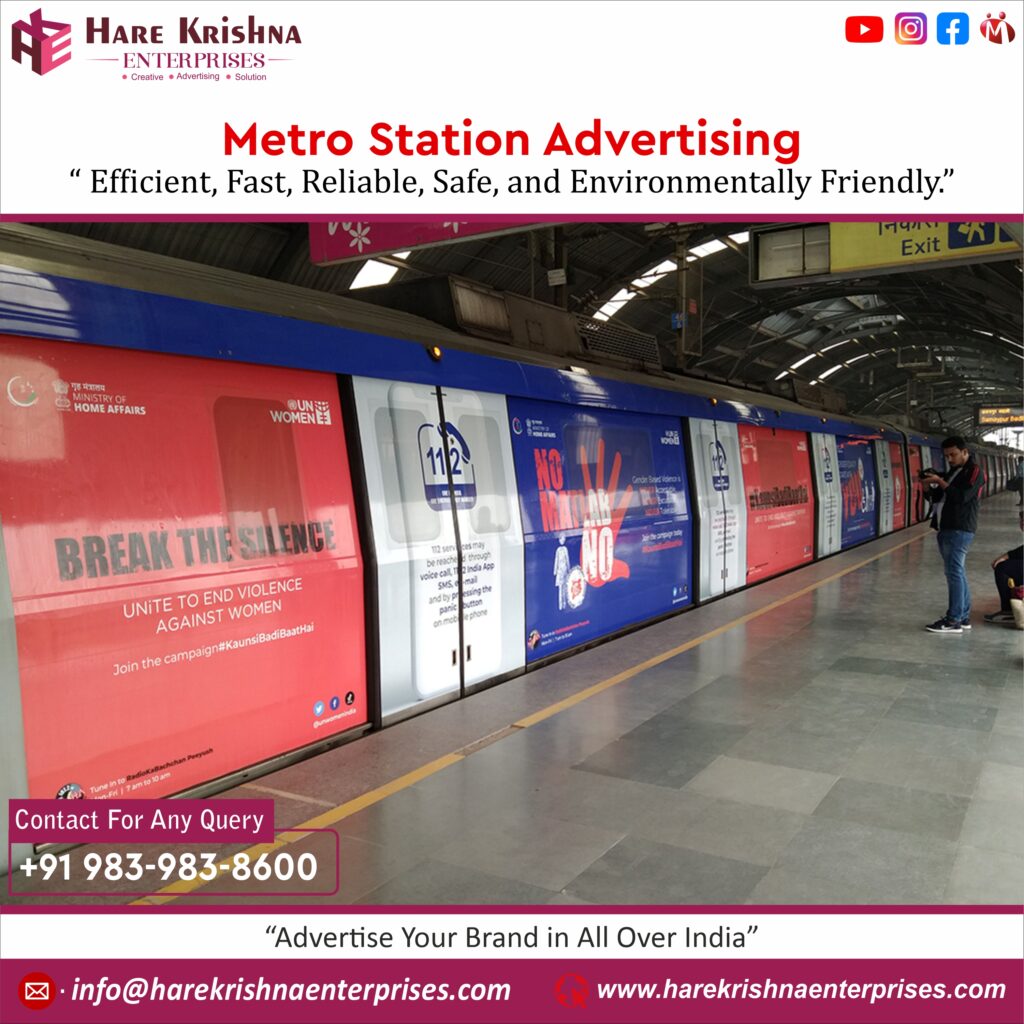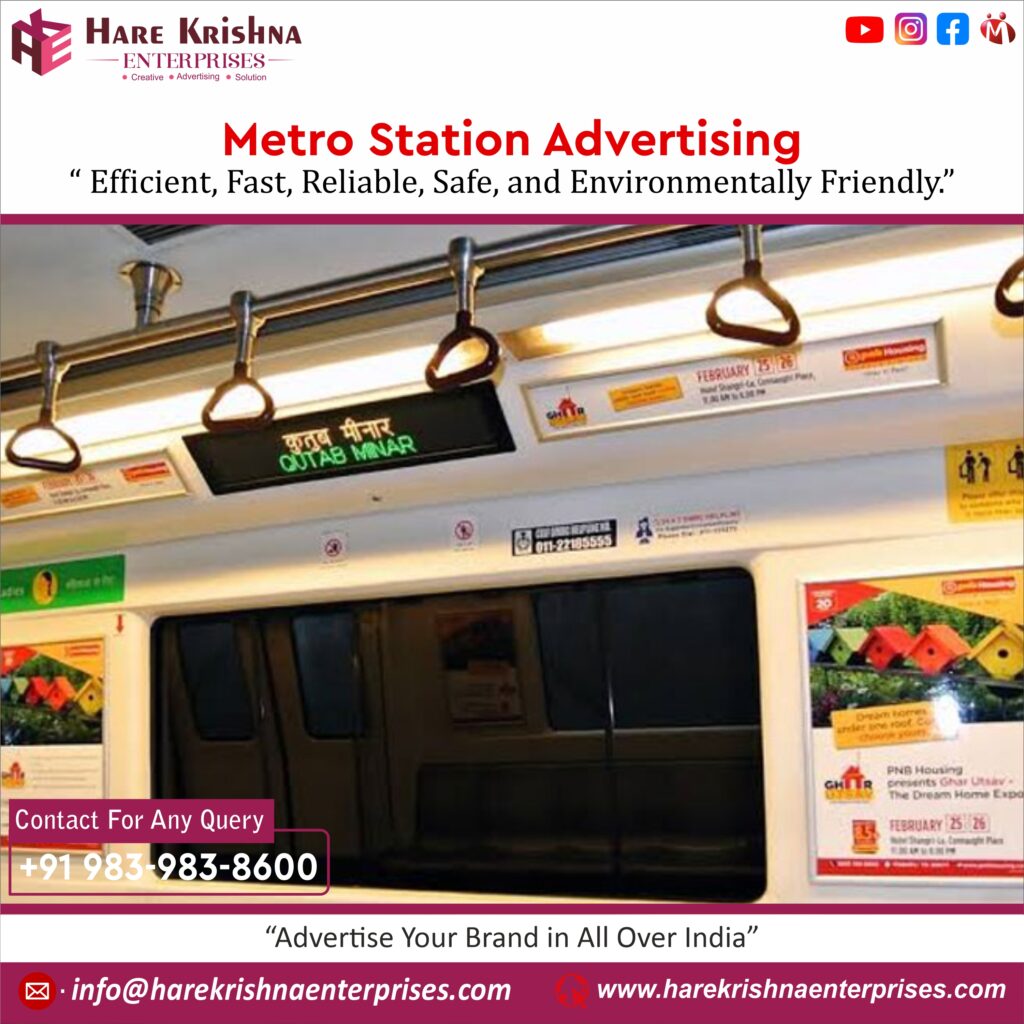Services
airport branding
Airport branding encompasses the strategic efforts undertaken by airports to establish a distinct and memorable identity, both visually and experientially. It goes beyond just logos and signage, extending to the overall atmosphere and services offered within the airport premises.


Here are some key benefits of auto rickshaw vinyl sticker branding:
Visual Identity: This includes the airport’s logo, color schemes, typography, and overall design elements used in signage, digital displays, and printed materials. Consistency across these elements helps in building recognition and trust among passengers.
Physical Environment: The layout, architecture, and interior design of the airport contribute to its branding. Some airports emphasize modernity and efficiency, while others focus on cultural or regional themes to create a unique ambiance.
Customer Experience: Branding extends to every touchpoint of the passenger journey, from check-in counters to security checkpoints, retail areas, lounges, and boarding gates. Friendly staff, efficient processes, and amenities tailored to passenger needs all contribute to a positive brand perception.
Retail and Dining: Airports often feature a mix of retail outlets and dining options. Brand partnerships with popular retailers or local businesses can enhance the airport’s image and provide passengers with a sense of place.

metro station n metro branding
metro station is a key component of urban public transportation systems, typically found in large cities around the world. These stations serve as hubs for commuters, providing access to trains that travel along dedicated underground, elevated, or at-grade tracks. Here’s a detailed description of both the physical aspects of a metro station and the branding associated with metro systems:
- Entrances: Metro stations often feature multiple entrances distributed throughout the surrounding area to provide convenient access for commuters. These entrances may be marked by signage or architectural features that distinguish them from surrounding buildings.
- Ticketing Area: Upon entering the station, commuters usually encounter a ticketing area where they can purchase tickets or use electronic fare payment systems such as smart cards or mobile apps. Ticketing machines, fare gates, and customer service booths are common fixtures in this area.
- Platform Access: After passing through the ticketing area, commuters typically descend via escalators, elevators, or stairs to reach the train platforms. These platforms are located underground, above ground, or at street level, depending on the design of the station and the surrounding environment.
- Platform Features: Platforms are equipped with amenities such as benches, digital displays showing train arrival times, maps of the metro system, and safety features like platform edge doors or barriers.



